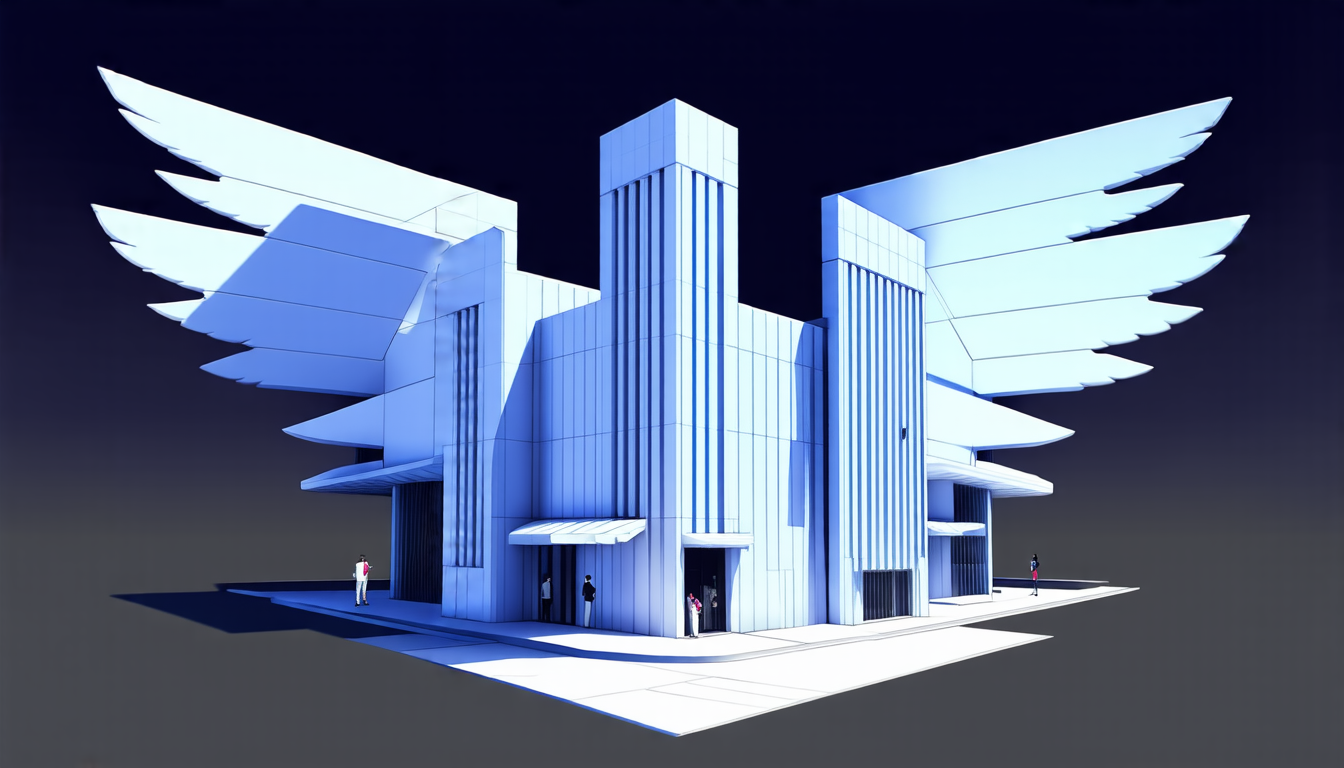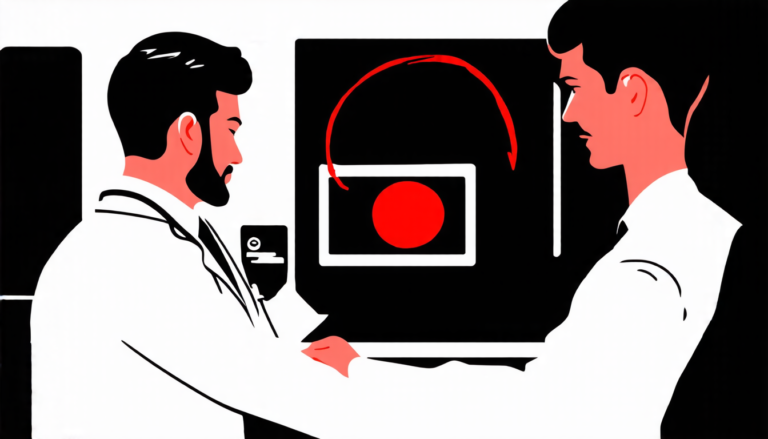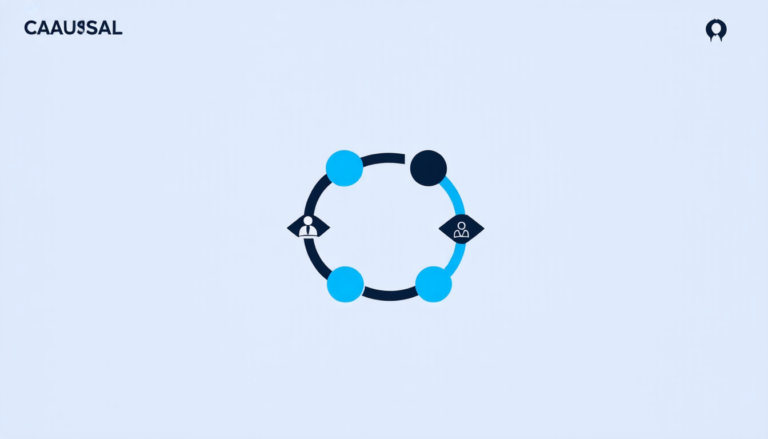Wednesday 19 March 2025
The quest for optimization is a never-ending one, and researchers are always on the lookout for new ways to tackle complex problems. In recent years, Bayesian optimization has emerged as a popular approach, allowing scientists to efficiently search for optimal solutions in high-dimensional spaces. But what happens when those spaces get really big? That’s where EGORSE comes in – a novel method that combines both random and supervised linear embeddings to solve high-dimensional black-box optimization problems.
The problem with traditional Bayesian optimization is that it can become computationally expensive as the dimensionality of the search space increases. This is because each iteration requires evaluating a function at multiple points, which can be time-consuming or even impossible for large-scale problems. EGORSE addresses this issue by using linear embeddings to reduce the dimensionality of the problem, making it more manageable.
The method works by first generating a set of random vectors that span the high-dimensional space. These vectors are then used as input to a supervised learning algorithm, which learns to map them onto a lower-dimensional subspace. The resulting embedding is used to transform the original optimization problem into one with a smaller number of variables.
But here’s the clever part: EGORSE uses both random and supervised embeddings in an adaptive way. This means that it can switch between different embeddings depending on the situation, allowing it to adapt to changing problem characteristics. For example, if the problem has a complex structure, the method might use a supervised embedding to capture its underlying patterns. If the problem is more chaotic, a random embedding might be more effective.
The researchers tested EGORSE on a range of problems, including some with hundreds of design variables. The results were impressive: EGORSE was able to find near-optimal solutions in a fraction of the time it would take using traditional Bayesian optimization methods. Moreover, the method was able to adapt to changing problem characteristics and even outperform other state-of-the-art algorithms in some cases.
One potential application area for EGORSE is multidisciplinary design optimization (MDO), which is used to optimize complex systems such as aircraft or buildings. MDO involves searching for optimal solutions that balance competing objectives, such as minimizing cost while maximizing performance. By using EGORSE, researchers could potentially solve these problems more efficiently and accurately.
Of course, there are still some limitations to EGORSE. For one thing, it requires a good understanding of the problem structure and the choice of embedding methods can be critical.
Cite this article: “EGORSE: A Novel Method for Efficiently Solving High-Dimensional Black-Box Optimization Problems”, The Science Archive, 2025.
Optimization, Bayesian Optimization, Egorse, Linear Embeddings, Supervised Learning, Random Vectors, Multidisciplinary Design Optimization, High-Dimensional Spaces, Black-Box Optimization, Computational Efficiency







